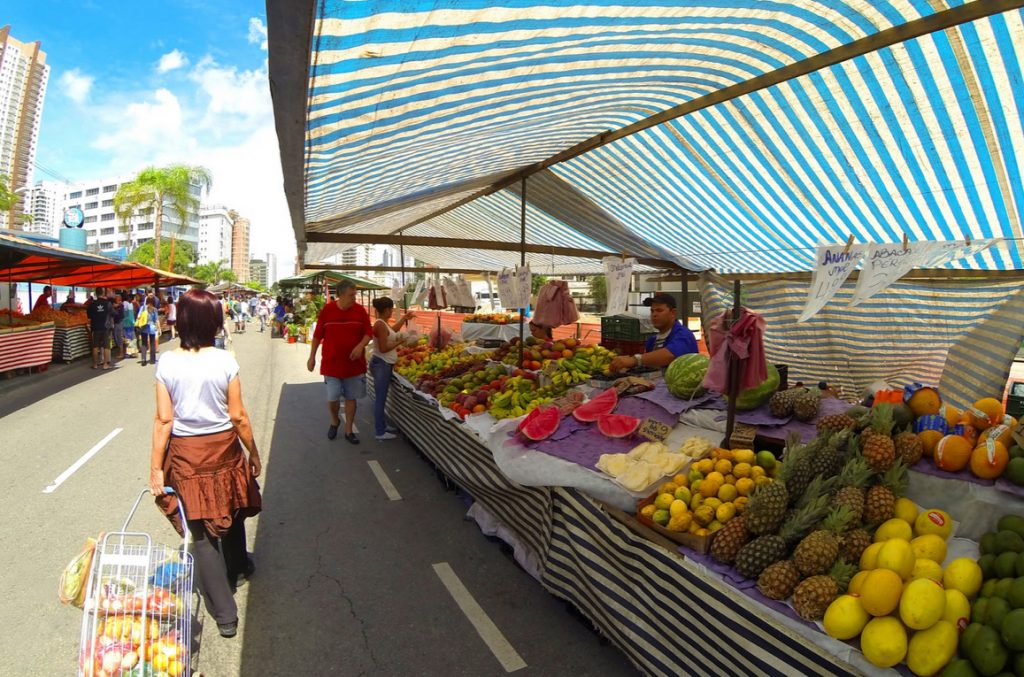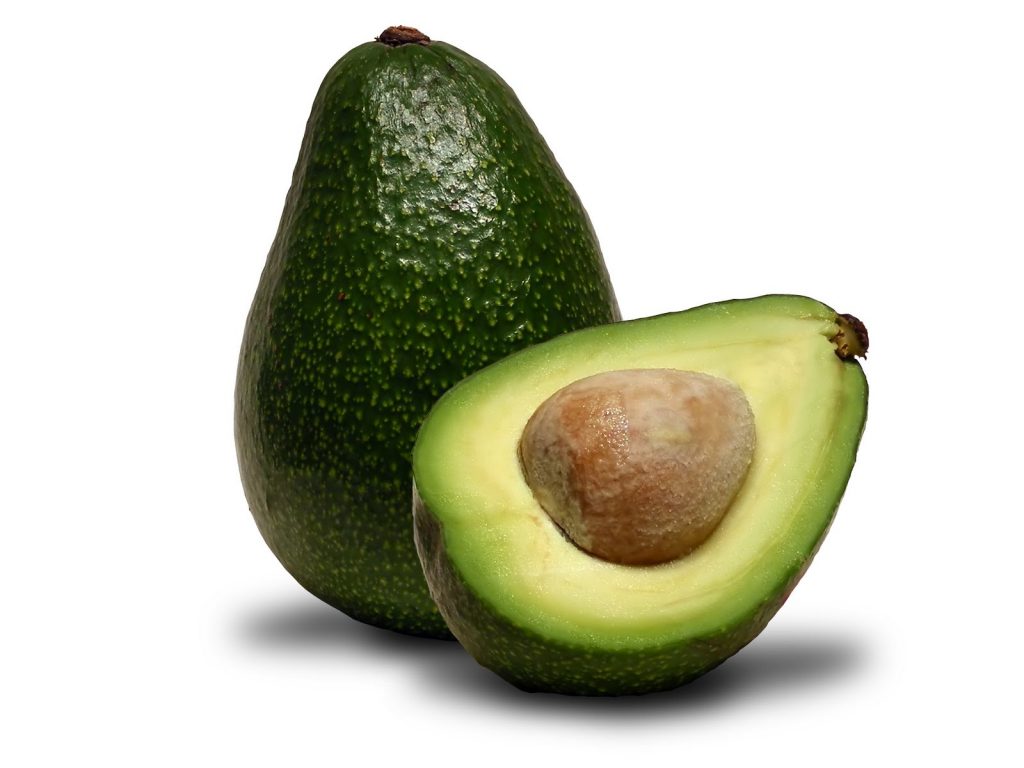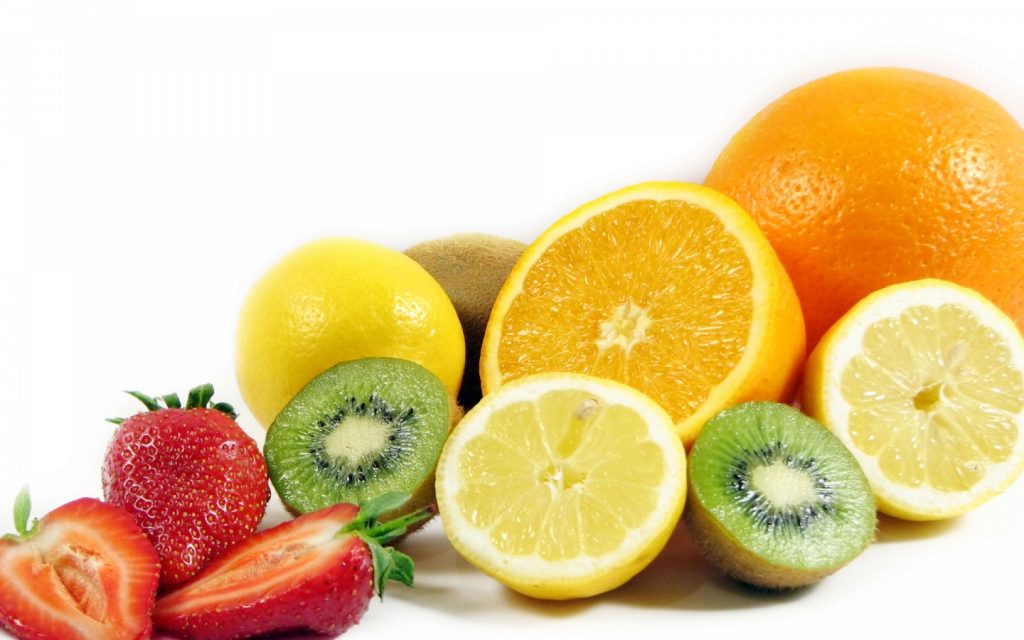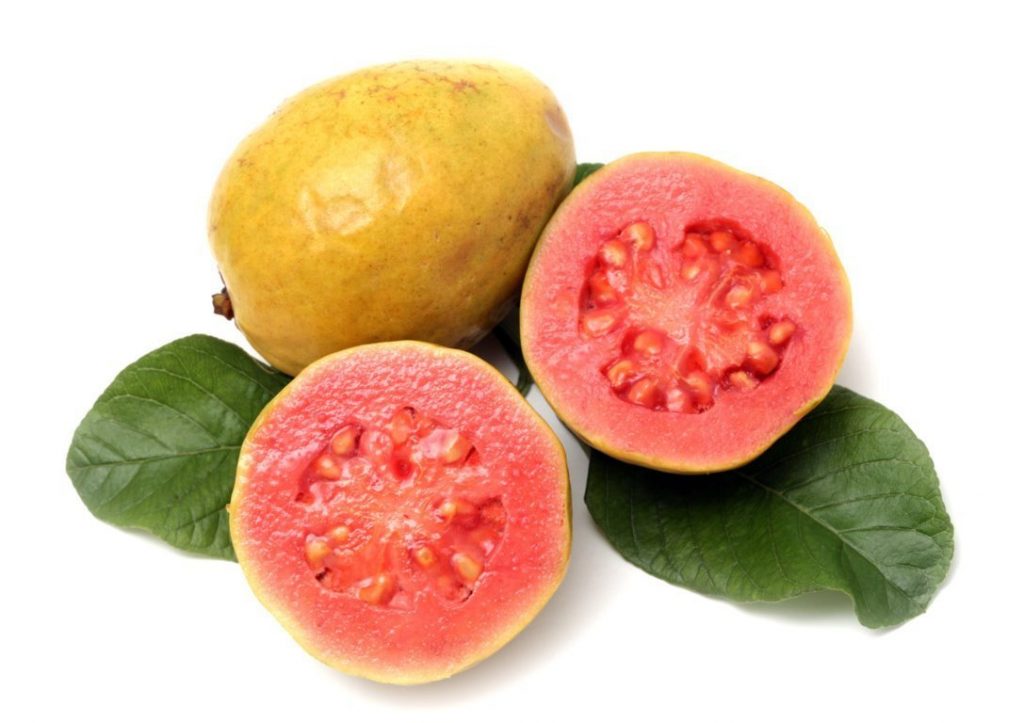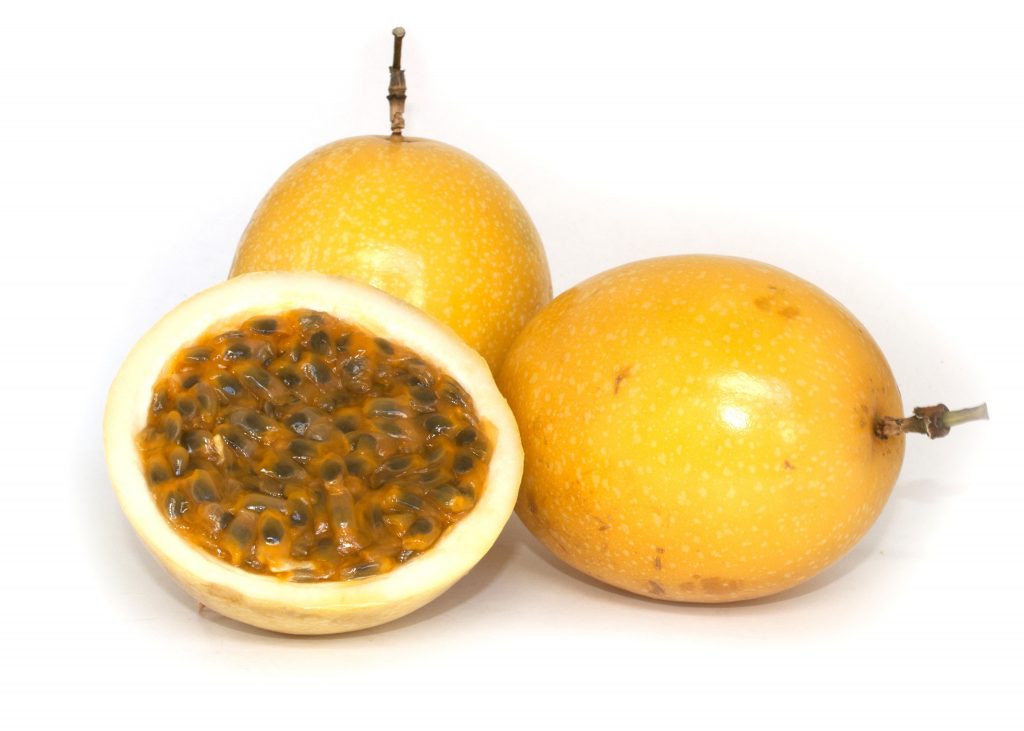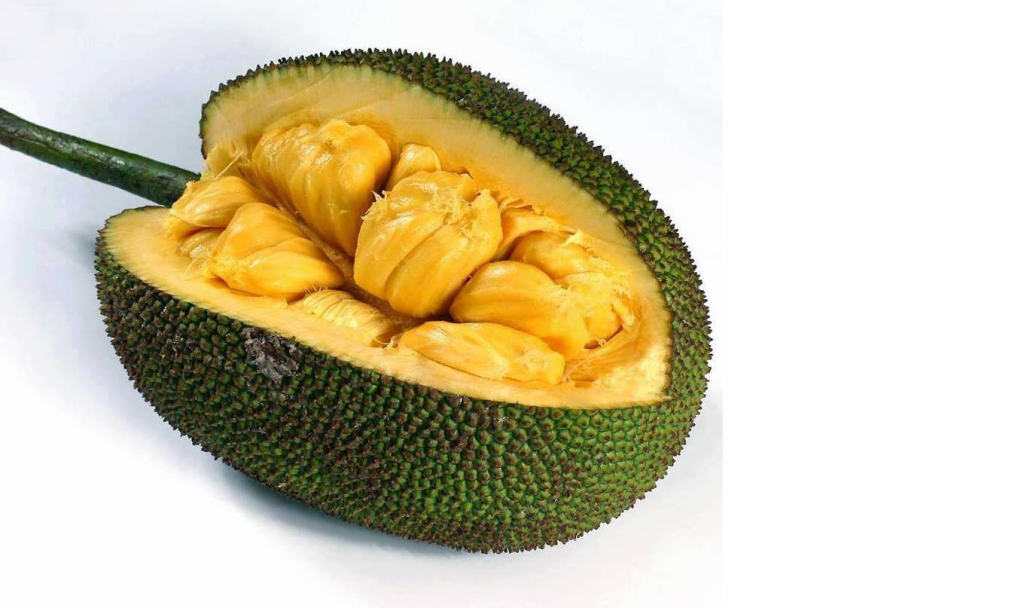Picture from City Market at São Paulo where you can try all the fruit listed here in this delightful fruit guide in Brazil.
One of the things in Brazil that I look forward to the most is the fruit. Not only is the variety of fruit delicious, but it also takes a central role in the daily cuisine, being served at breakfast, for snacks, and as dessert right after lunch and dinner.
Brazil is a tropical country with many different types of land and climates, resulting in a range of fruit grown, from common fruit that are always around, like mangoes, papayas, and bananas, to less common ones that you can find during certain seasons or places, like jabuticaba and atemoia. That’s not including the approximately 3000 (!) types of tropical fruit that grow in the Amazon. And if you’ve been to a juice shop in Brazil, you know that it gets even more complicated!
Here’s an overview of the fruit in Brazil that you can easily find while visiting this beautiful country. Portuguese names are given in italics.
A couple of tips to start: When fruit is not ready, it’s called verde, meaning “green.” When you buy it at a grocery store, you’ll usually need to have it weighed in the produce section before going to the cashier. When you buy fruit at a market, bacia means per bowl or basket, and por kilo means by the kilo.
Mangoes/manga: There are many types, but the ones my family buys most often are manga rosa,manga espada (shown above), and manga ades. Look for the small ones called manga coquinho. Brazilians normally peel the mango, cut the fruit off the pit, and then suck the fruit that remains on the pit.
Avocado/abacate: Avocados are huge and cheap! About $1.50 will buy you an avocado about 5 times the size of those in the U.S. They’re always eaten as something sweet, mashed with honey or sugar or made in a smoothie with milk and sugar (never on a sandwich, in a salad, or as something similar to guacamole).
Papaya/mamão: Brazilians think that papayas are good for the stomach and should be eaten at even the slightest sign of constipation, so they’re usually served at breakfast. Cut the papaya in half, scoop out the seeds, and then eat with a spoon or cut into wedges.
Citrus: You might not associate Brazil with citrus fruit, but when I visit in July (Brazil’s winter), there are more citrus fruit in the house than any other type of fruit. Limão is a lime that looks like a round lemon. Mexerica (meh-sheh-ree-ka) is the Brazilian version of a mandarin orange–they’re larger and soft. A variety of oranges can be found, such as the champagne orange shown above. Oranges are usually peeled and then cut in half so that you can suck out the juice and pulp.
Bananas: Brazil is one of the world’s leading banana-producing countries, and there are many types of bananas to choose from. Banana prata (silver bananas) are a common variety, smaller than the bananas sold in the U.S. A much smaller variety is the banana-macã (apple bananas), which are a favorite of Brazilians. They need to be slightly brown and soft, as shown below.
Guavas (goiaba): Guavas are one of the cheapest and most common fruit in Brazil. Two kinds of guavas are normally sold: white and pink (the colors refer to the colors inside), or goiaba branca andgoiaba vermelha. I prefer the latter. You can remove the peel and cut it into pieces or cut it in half and scoop the fruit out with a spoon. The small seeds inside the fruit are normally eaten.
Atemoia: One of my favorite fruit in Brazil, atemoia is a cross between two other tropical fruit, the sugar apple and cherimoya. They are large green fruit with a soft, white inside and should be eaten when they are soft to the touch outside. You can just break it into large pieces and bite the white fruit off the peel. There are large black seeds that you’ll have to spit out.
Passionfruit/maracujá: Common types of passionfruit are the sweet (doce) and sour (azedo) varieties, and the sweet ones are the ones you want to buy. Other varieties grow in Brazil, and smaller, round ones (shown above) can be found in markets and gardens. Cut the fruit in half, get a spoon, and scoop out the juice and seeds and eat them.
Jabuticaba: This is my favorite Brazilian fruit to Caipirinha. The small round fruit grows on trees in the southern states of Minas Gerais and São Paulo. It’s not as cheap as other fruit and has a very short shelf life so is always eaten fresh. After washing, put the fruit between your front teeth, suck the clear inside out of the peel, and discard the peel and seed. The flavor is similar to a tart grape, but better.
Jackfruit/jaca (“zhah-kah”): Jackfruit is from Asia and was introduced in Brazil. Even though the tree is considered an invasive species, it is one of the country’s most popular fruit. But I have found that Brazilians are split on this fruit–most like it, but some definitely don’t, and I have to admit that it’s not my favorite either. The fruit is pulpy and while the tart yet sweet flavor is good, the texture can be off-putting. They are large, and once the fruit is opened, it spoils quickly, so a whole jackfruit is not a good idea for one or two people. In rural areas, you can see jackfruit hanging from trees–they’re so large that it’s quite a sight!
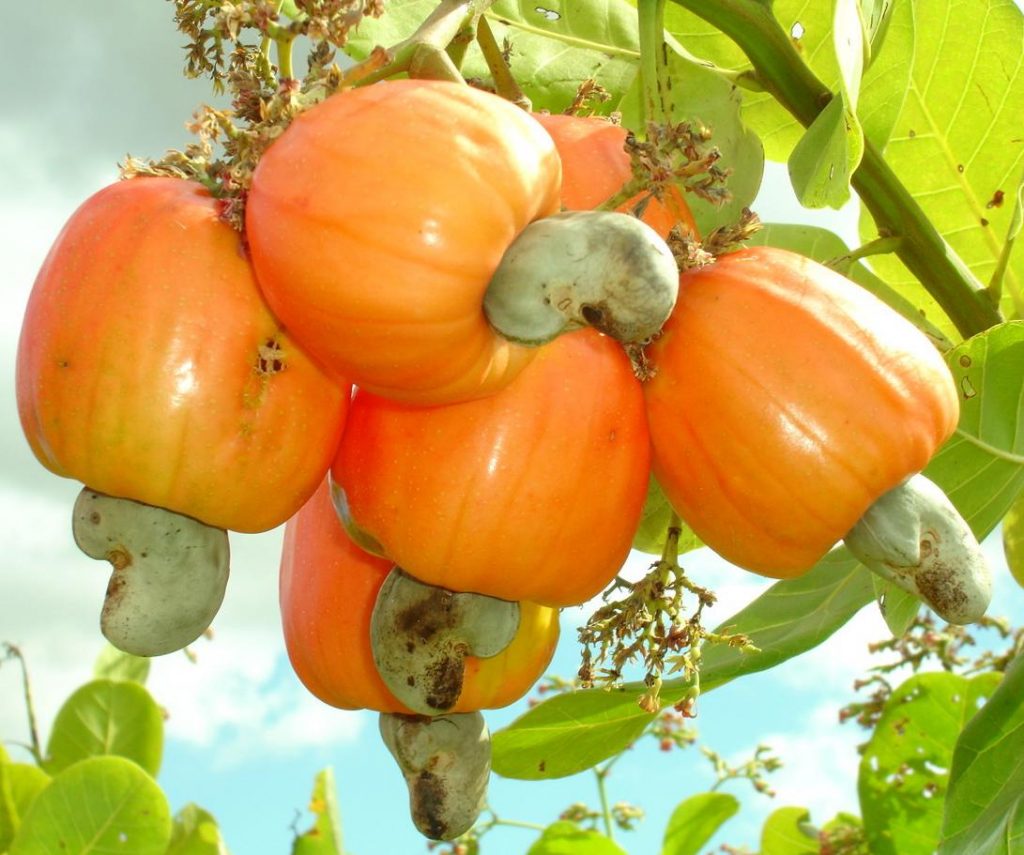
Cashew apple/Cajú: Cajú is a beautiful fruit originally from the northeast of Brazil. It has an unusual flavor that is popular as a juice. The top of the fruit has the cashew nut inside. The fruit itself has much more vitamin C than an orange but can be astringent. Usually people put the whole fruit in their mouth, holding onto the end, and suck the juice out; once the fruit becomes soft, it can be eaten if it’s not too astringent. The sweetest cashew fruit is found in the Northeast of Brazil in the summer.
Açaí: This world-famous superfood is just one of the fruit that grow only in the Amazon and are sold as frozen pulp in the rest of Brazil. Açaí shops where you can order a bowl of the frozen treat are common. It’s also a typical snack on the beach, as shown below.
And you? Which of these fruit have you tried or would like to try? Do you have a favorite tropical fruit?
For more information leave a comment!
Information from website: this is my happiness



